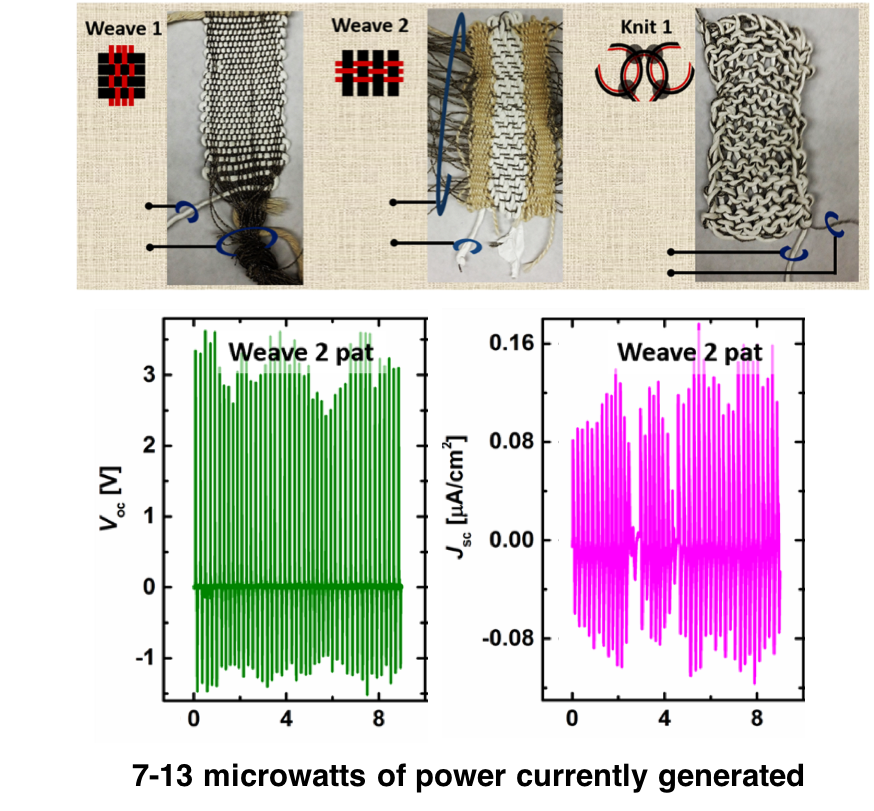Scientists Continue To Research Clothing That Generates Electricity
A team at the University of Massachusetts-Amherst are continuing to find ways to generate electricity from our motions. They've been able to coat fabric on the normal shirts and jackets we wear and it can create energy from material rubbing against each other.
Updated May 21 2019, 4:26 p.m. ET
We’ve all seen contraptions in the past where people are pedaling a bike that's generating electricity. It’s similar to wind blowing or water rushing through turbines to rotate them and output that energy to consumers. Scientists have been trying to figure out a way to generate energy by the motions we make without the need for turbines, and they may have found a breakthrough with clothing.
Researchers at the University of Massachusetts-Amherst have been looking at a conducting polymer-coated fabric that can rub against each other and creates electricity. These polymers are multiple large molecules that have the ability to absorb that power. It’s enough to operate small devices (think watches, not smartphones) or LED lights.
That coating is simple to put on any fabric and whoever is wearing the attire, be it a shirt or a jacket, wouldn’t be able to notice it while moving around. It can even be taken care of properly with regular washing and ironing procedures. The only noticeable difference between a normal shirt to one that’s coated with polymer is slightly additional weight.
What’s taken so long to figure this out? Having patience for technical advancements. Most clothes required some kind of device with them or too much was being altered so that they weren’t comfortable to wear. Now that the conducting polymer can be put on normal shirts and jackets, all that’s needed is to find a way to easily transfer that energy to the object that needs power.
Costs would still be very high to create a coating that would stay on clothing. Trisha Andrew, a materials scientist at the university, revealed how difficult it was to create thanks to how much we put our clothes through in the school’s report.
“The stress can be huge, up to a thousand newtons of force. For comparison, one footstep is equal to about 10 newtons, so it’s yanking hard. If your coating is not stable, a single pull like that will flake it all off. That’s why we had to show that we could bend it, rub it and torture it. That is a very powerful requirement to move forward.”
The potential is obviously there for these new discoveries. Those that go on a run or a walk could power watches, Fitbits, and there’s potential for phones in the future. A gym that features numerous people working out could generate the building’s electricity.
Generating energy from movement isn’t where researchers are stopping. Andrew also talked about putting solar cells on clothing. Even if somebody isn’t moving around and they’re outside, they can still soak up the sun’s rays and that energy can be stored in a battery pack. It’s similar to storing energy from solar-powered home’s battery systems. That stored power can then charge or operate devices.
How soon will something like this be on the market? Costs are still too high at the moment, but it’s coming faster than we think. Google, in conjunction with Levi’s, are going to finally release their denim jacket that features touch controls. This gives people the ability to operate their smartphone without needing to take it out and it doesn’t require an additional device like a smart watch.

